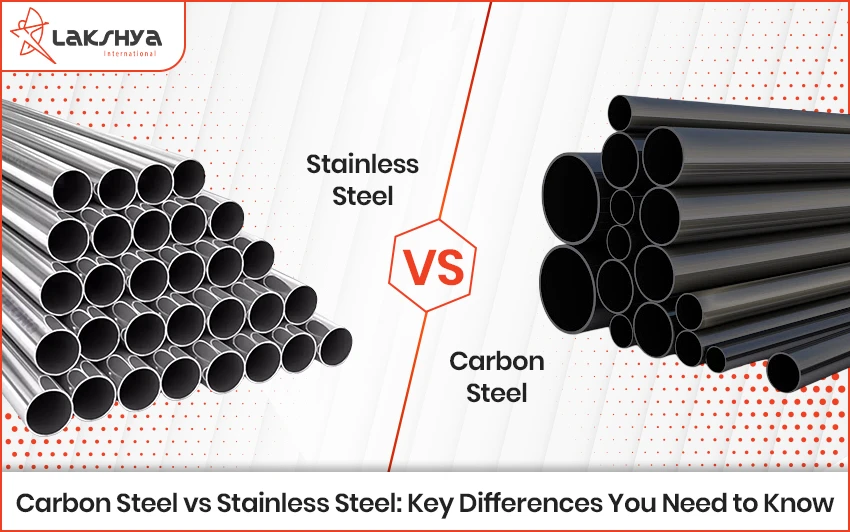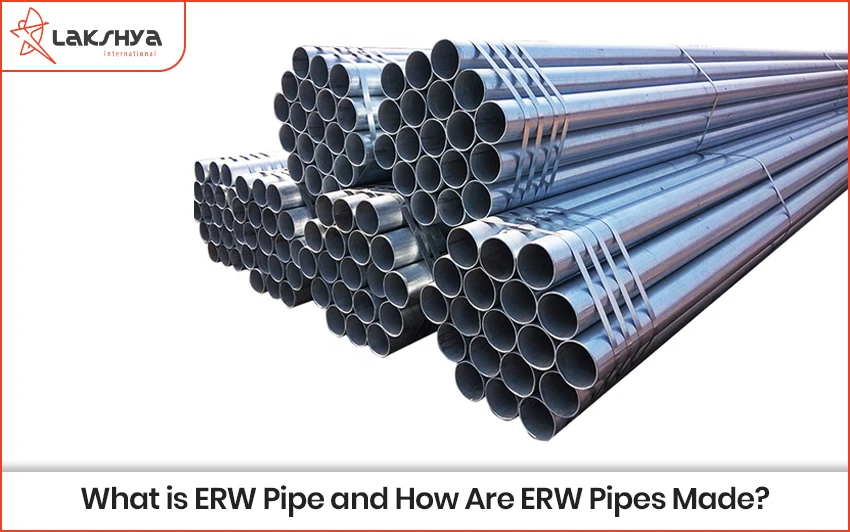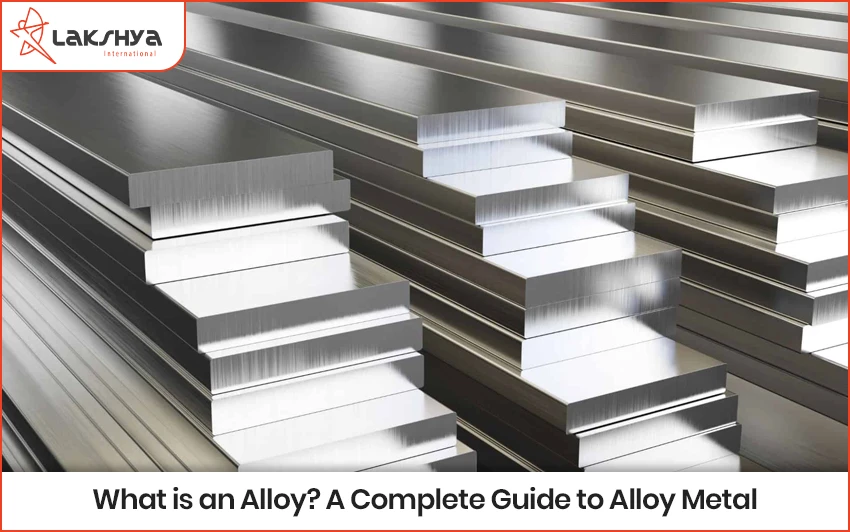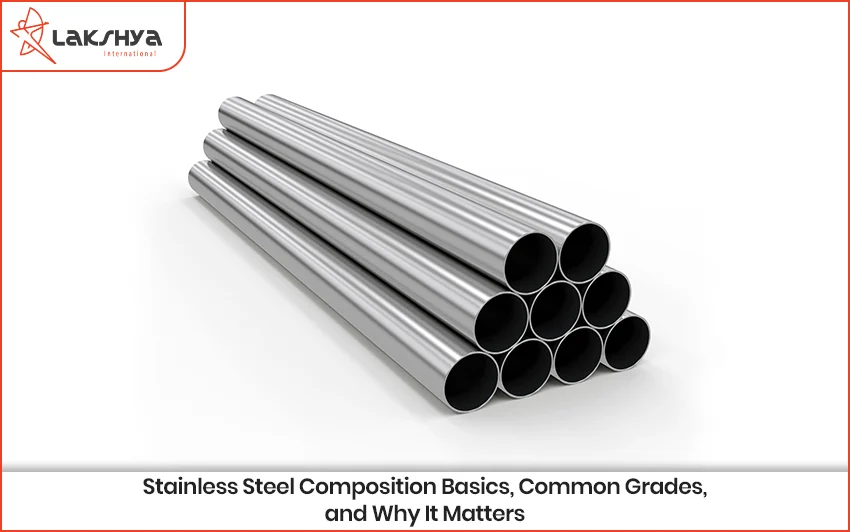Here at Lakshya Steel, we’ve helped tons of clients figure this out. We know our steel! So, this guide is all about making carbon steel and stainless steel easy to understand. We’ll look at what they’re made of, what they’re used for, their strong suits and how much they cost. This way, you can make smart choices for your construction, making stuff, or OEM manufacturing projects.
What is Carbon Steel?
Types of Carbon Steel: Different Flavors for Different Jobs
- Low Carbon Steel (Mild Steel): Has just a little carbon (0.05% – 0.25%). It’s easy to work with.
- Medium Carbon Steel: A bit more carbon (0.25% – 0.6%). Balances strength and flexibility.
- High Carbon Steel: Even more carbon (0.6% – 1.5%). It’s very hard and strong.
Key Things to Know About Carbon Steel:
- It’s strong and can be very hard (especially the high carbon types).
- It doesn’t fight off rust very well on its own.
- It’s pretty easy to weld and shape (especially the low carbon stuff).
- It’s a good, cheap choice for building things.
What is Stainless Steel?
Types of Stainless Steel: A Whole Family
- Austenitic Stainless Steel: This is the most common one (like 304 and 316). Fights rust like a champ, isn’t magnetic, and bends easily.
- Ferritic Stainless Steel: It’s magnetic, not quite as good against rust as austenitic, but it’s cheaper.
- Martensitic Stainless Steel: Super hard, used for things like tools and knife blades.
- Duplex Stainless Steel: A mix of austenitic and ferritic, giving you the best of both.
How Much Carbon Percentage is in Stainless Steel?
- Usually, not much – less than 0.08% in popular types like 304 and 316.
- Keeping the carbon low helps it fight rust better and makes it easier to weld.
Differences Between Carbon Steel and Stainless Steel: The Lowdown
| Feature | Carbon Steel | Stainless Steel |
| Main Extra Stuff | Carbon | Chromium (10.5%+), sometimes Nickel |
| Carbon Amount | 0.05% – 2.1% | Usually < 0.08% |
| Rust Resistance | Not great (needs paint or coating) | Excellent (thanks to that chromium shield) |
| Is it Magnetic? | Usually, yes | Austenitic types aren’t; others usually are |
| Cost | Generally cheaper | Costs more because of the extra metals |
| Strength | Higher in high-carbon types | Medium, depends on the type |
| Easy to Weld? | Easier with low-carbon steel | Can be trickier with high-chromium types |
| Commonly Used For | Building frames, pipelines, car parts | Food gear, medical tools, ships, shiny building parts |
Properties and Uses of Carbon Steel: What It’s Good For
How Carbon Steel Behaves:
- Strong: Can take a lot of pulling, especially the high-carbon kinds.
- Hard: Good for things that get a lot of wear and tear.
- Bendable: Low-carbon types can be shaped easily.
- Rusts Easily: Needs paint, oil, or a zinc coating (galvanizing) to stop rust.
- Construction: Rebar in concrete, beams for buildings.
- Cars: Frames and body parts.
- Pipelines: For oil and gas.
- Machines: Shafts, gears, tools.
- It’s cheap.
- It’s easy to work with.
- You can find it in many different types.
Properties and Uses of Stainless Steel: What It’s Good For
How Stainless Steel Behaves:
- Fights Rust Really Well: Especially types like 304 and 316.
- Bends Easily: You can make complex shapes with it.
- Handles Heat: Good for hot places.
- Not Magnetic (Austenitic types): Great for electronics or super clean places.
- Food and Drinks: Tanks, equipment, forks and knives.
- Medical Stuff: Surgical tools, things for super clean rooms.
- Buildings: Shiny fronts, railings, fancy bits.
- Chemical and Energy Plants: For special tanks and pipes.
- Boats and Ships: Because it handles saltwater.
- It lasts a long, long time.
- You don’t have to do much to keep it looking good.
- It looks nice.
- It’s super hygienic.
Which Steel is Best? It Really Depends on What You Need!
Heads up: Steel prices can change a lot! These are just rough ideas.
Go for Carbon Steel If:
- You need to save money.
- It won’t be in a place where it can rust easily.
- Being strong is more important than fighting rust.
- You’re making building parts, car parts or pipelines.
Go for Stainless Steel If:
- You absolutely need it to resist rust.
- It needs to be super clean or easy to clean.
- You’re using it near the sea, with chemicals, or for food.
- You want it to last a long time with little ruckus
Price Comparison: Carbon Steel vs Stainless Steel
| Steel Type | Price per Kg (INR) | Notes |
| Carbon Steel (Mild Steel) | ₹55 – ₹75 | Depends on how thick it is & any extra treatments. |
| Austenitic Stainless Steel | ₹160 – ₹300 (304, 316) | Nickel and chromium prices affect this a lot. |
| Duplex Stainless Steel | ₹250 – ₹400 | For tougher jobs, it costs more. |
- Nickel & Chromium Prices: Big deal for stainless steel costs.
- World Supply: How much is out there, import/export costs.
- Shape & Thickness: Sheets, coils, or tubes will cost different amounts.
- Custom Work: If you need it bent, polished, or cut with a CNC machine.
Conclusion: Know Your Steel, Make Smart Choices
Knowing the main differences between carbon steel and stainless steel is important for choosing the right material for your job. Carbon steel is strong and doesn’t break the bank making it excellent for buildings and machines. Stainless steel is your hero for lasting a long time, fighting against rust and looking good or staying clean.
As a top supplier of industrial steel, Lakshya Steel helps people in construction, manufacturing and even those selling overseas to pick the perfect material, type and shape for what they need.




